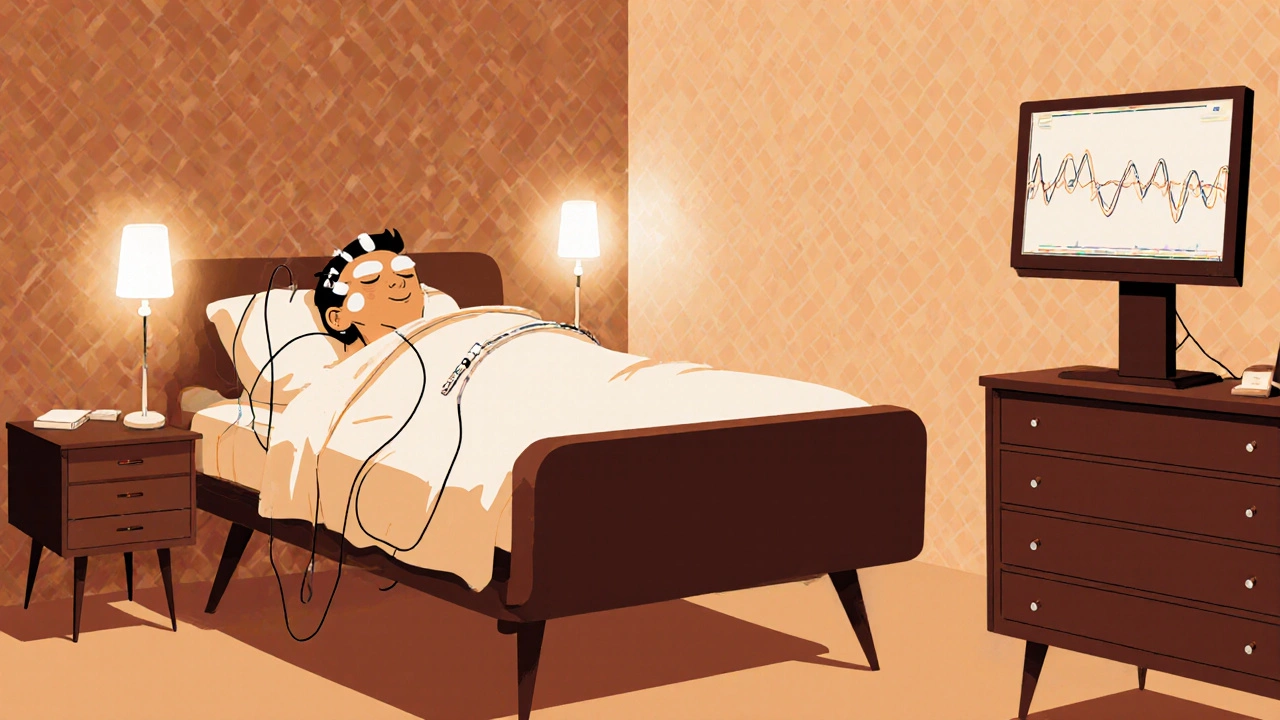Polysomnography: What It Is and How It Helps Diagnose Sleep Disorders
When you struggle to sleep night after night, it’s not just about being tired—something deeper might be going on. That’s where polysomnography, a comprehensive overnight sleep test that records brain activity, breathing, heart rate, and body movements. Also known as a sleep study, it’s the gold standard for spotting hidden sleep problems. Unlike a quick checkup, polysomnography captures real-time data while you sleep, giving doctors a clear picture of what’s really happening in your body after dark.
This test doesn’t just look at whether you fall asleep. It watches for pauses in breathing—common in sleep apnea, a condition where breathing stops repeatedly during sleep, often without you realizing it—or sudden leg jerks that break your rest. It also tracks eye movements, muscle tone, and oxygen levels. These details help doctors tell the difference between simple insomnia and something like narcolepsy, a neurological disorder that causes sudden sleep attacks during the day, or even restless legs syndrome. Many people think they just need more sleep, but polysomnography reveals if their body is fighting something medical.
What makes polysomnography powerful is how it connects the dots. If you snore loudly and wake up exhausted, it’s not just noise—it could be your brain waking up every 30 seconds to restart your breathing. If you toss and turn all night, it might not be stress—it could be a nerve or muscle issue. The test doesn’t guess. It measures. And those measurements guide real treatment: CPAP machines for apnea, medication for narcolepsy, or lifestyle changes that actually work.
You’ll find posts here that break down how polysomnography fits into real-life health decisions. Some explain what the results mean—like what an AHI score tells you about apnea severity. Others compare it to at-home sleep tests, so you know when a lab study is worth the trip. You’ll also see how it ties into conditions like heart disease, diabetes, and even depression, since poor sleep doesn’t live in isolation. This isn’t just about sleeping better. It’s about understanding why you’re not sleeping well—and fixing it for good.

Polysomnography: What to Expect During a Sleep Study and How Results Are Interpreted
Polysomnography is the gold standard sleep study used to diagnose sleep apnea, narcolepsy, and other sleep disorders. Learn what happens during the test, how results are interpreted, and why it's more accurate than home tests.
